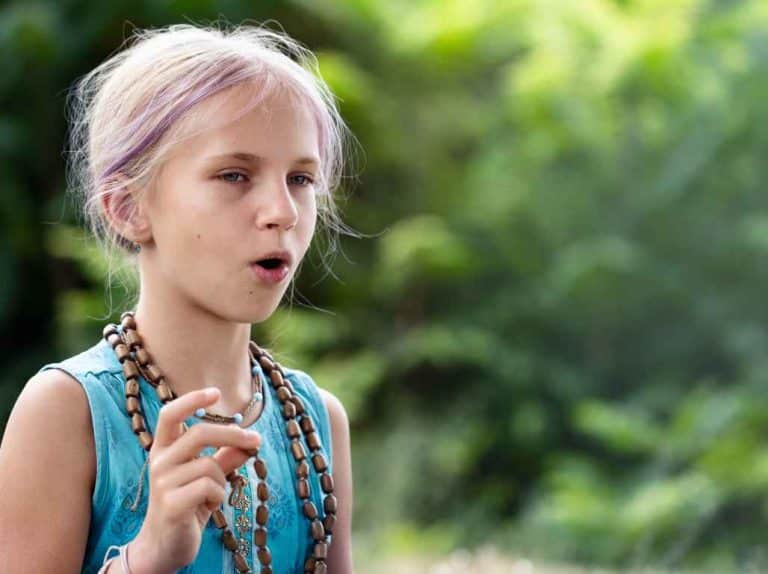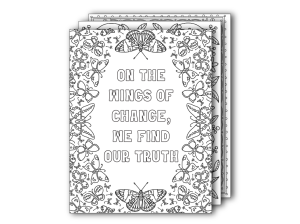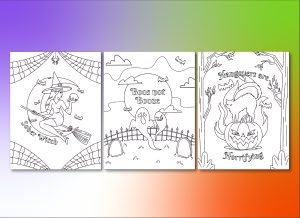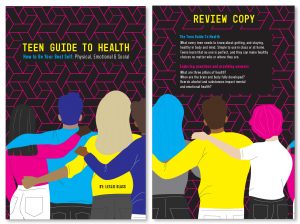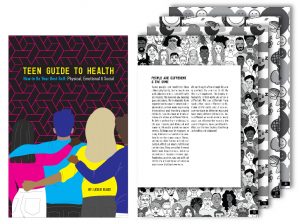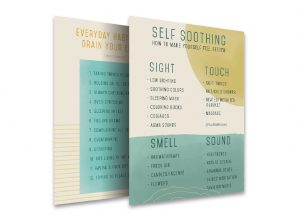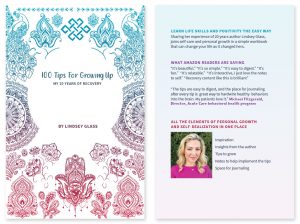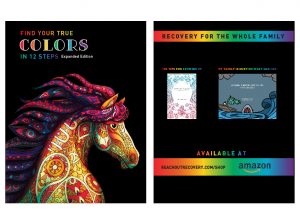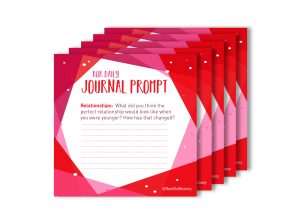Buddhist Chants Are A Great Way To Start The Day
I started today with a buddhist chants. I have some favorites. Some are Indian and some are Japanese. Today I chanted the heart sutra which has its roots in Mahayana Buddhism. The heart sutra supposed to remove obstacles and promote peace. It doesn’t always take all my stress away, but today I felt so happy at the grocery store, I started dancing in the aisles. I have this fantasy that Publix recording my dances and someday I’ll see myself on the evening news. Buddhist chanting is the most widespread form of religious chanting and one of the oldest documented religious practices that are actively preserved to date. It can be performed in a number of languages, including the ancient Indic Prakrit and Sanskrit, as well as Chinese and Japanese. This one is in Japanese.
What Does The Data Show About Buddhist Chants And The Brain
Being a religious meditative practice, religious chanting can be regarded as both meditation and prayer. I use it for mood enhancer and stress relieving. The majority of relevant neurophysiological studies have focused on mindfulness meditation and have mainly demonstrated increased alpha and theta waves. I don’t know what that means, but I know the feeling.
While the specific impact can vary depending on factors like how much you’re concentrating, the type of chanting, and the context, there are several ways in which chanting might affect the brain:
Buddhist Chants: Relaxation and Stress Reduction: Chanting repetitive sounds or mantras can induce a state of relaxation and calm. The rhythmic and repetitive nature of chanting can activate the parasympathetic nervous system, which is responsible for the “rest and digest” response, leading to reduced stress and anxiety.
Buddhist Chants Provide Focused Attention: Chanting typically requires concentration and focus. Engaging in such focused attention can activate specific areas of the brain associated with concentration and attention control, such as the prefrontal cortex.
Buddhist Chants: Altered States of Consciousness: Some forms of chanting, especially when performed for extended periods, can induce altered states of consciousness. This might be characterized by feelings of transcendence, detachment from the ego, and heightened awareness.
Buddhist Chants Help with Neuroplasticity: Repeated chanting might contribute to the rewiring of neural pathways in the brain, a phenomenon known as neuroplasticity. This could potentially lead to changes in behavior, thought patterns, and emotional responses over time.
Release of Neurochemicals: Chanting might trigger the release of neurochemicals such as endorphins, which are associated with feelings of pleasure and well-being. These neurochemicals can contribute to positive emotions and a sense of happiness.
Synchronization and Resonance: Chanting in a group can create a sense of unity and social bonding. When a group chants together in rhythm, brainwave patterns can synchronize, promoting a shared emotional and psychological experience.
Mindfulness and Meditation: Chanting can be a form of mindfulness or meditation practice. Engaging in chanting can help redirect the mind’s focus away from distracting thoughts and into the present moment, leading to similar cognitive benefits seen in meditation.
Emotional Regulation: Chanting can have an impact on emotions by promoting a sense of inner peace and serenity. This can contribute to improved emotional regulation and a more positive outlook.
Cultural and Personal Significance: Chanting can be deeply tied to cultural, religious, or personal beliefs. Engaging in meaningful practices can stimulate regions of the brain associated with identity, self-reflection, and emotional attachment.
You don’t have to be a buddhist to feel peace and serenity that buddhist chanting adds to your life. The effects on the brain are likely influenced by a combination of psychological, physiological, and cultural factors.
More Articles To Read
10 Tips For Anxiety And Panic Attacks

